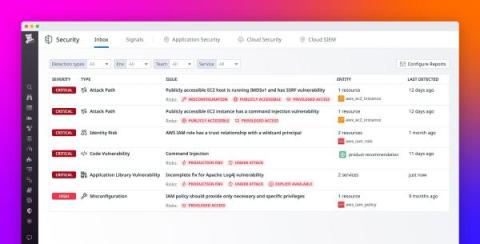Global Cyber Insurance Premiums Decline Despite Ransomware Surge
Cyber insurance has a strange past: AIG first took cyber insurance to market in 1997 despite a total lack of actuarial data to inform premiums or policies. Essentially, the industry ran on guesswork. Even today, the cyber insurance market is remarkably unpredictable compared to long-established insurance policies such as those for housing or health.











